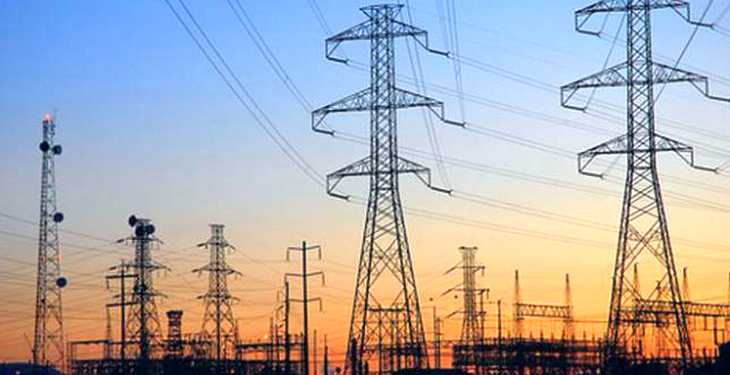The very fabric of modern economies and the challenge to ensure that our energy systems evolve to provide reliable, affordable, clean energy for us, our children, and grandchildren is at stake in Europe this year, explains Edith Bayer.
How much do you pay for electricity and why? And what role do you play (if any) in a modern, evolving energy system? These are not questions that many of us wake up asking ourselves. Yet the European Parliament and Council will answer these questions in debates this autumn.
Network costs account for 25% of household electricity bills on average. These costs—which must be approved by national regulators—ensure that transmission and distribution companies can make the necessary investments to maintain a reliable grid, writes Edith Bayer for Euractiv.com.
Traditionally, electricity companies and regulators have focused on how electricity networks can be reinforced or expanded to serve customer demand through investments in network infrastructure such as poles, wires, and substations.
However, just as in electricity markets where “prosumers” and responsive demand are changing the game, consumers can provide services to the transmission and distribution system.
The customer services that can support the transmission and distribution network are often referred to as “demand-side resources” —energy efficiency, demand response, and distributed renewable generation.
To take an example: A distribution company might need to invest in upgrades to a substation due to a new neighbourhood development or increased use of air conditioning in summer.
One way to address the increased load is through network upgrades. Another is to reduce the overall demand on the system (energy efficiency) or shift it to times where the system is not stressed (demand response), deferring the need for more costly investments in the network.
For example, the distribution company might incentivise consumers to purchase more efficient air conditioning units or pay the customer a small premium in exchange for cycling (imperceptibly) the air conditioning.
In these cases, customers save at least twice: once through the direct benefits of these customer-oriented programmes and again through lower network charges on their bills because the distribution company avoided or reduced the scope of costly network investments.
Customers often enjoy additional benefits associated with lower wholesale market prices for electricity, and broader benefits flowing from energy efficiency such as increased comfort and improved health.
The idea is not new. Many network companies in Europe and the United States have invested in customer-oriented programmes to avoid or delay otherwise needed investments in transmission and distribution infrastructure.
For instance, end-use energy efficiency has played a significant role in managing load in Southern France, where construction of transmission lines is costly and encounters strong public opposition due to the focus on tourism in the region.
In New York, one of the state’s leading distribution utilities, Con Edison, saved customers more than 75 million dollars between 2003 and 2010 with targeted energy efficiency programs to avoid network investment costs.
While most network companies do not have a tradition of considering alternatives to investments in network infrastructure, this can change with the introduction of appropriate regulatory frameworks and incentives.
Key to driving investments in demand-side resources is to expand network companies’ views of resources available to meet network needs by requiring an assessment of available supply and demand side resources. Next, it is important to introduce incentives to invest in the most cost-effective combination of these.
The network company itself might undertake an analysis of available resources and associated costs with the help of outside expertise, or conduct an “all resources” tender that opens the market to competition for provision of the least-cost options.
Proposed amendments to the electricity regulation and directive already include provisions to enable and encourage distribution system operators to make innovative investments.
Proposed amendments to the Regulation on the internal market for electricity would require regulatory authorities to provide incentives for distribution system operators to invest in innovative solutions, to allow cost recovery for such investments, and to introduce performance targets to raise the efficiencies of distribution networks.
